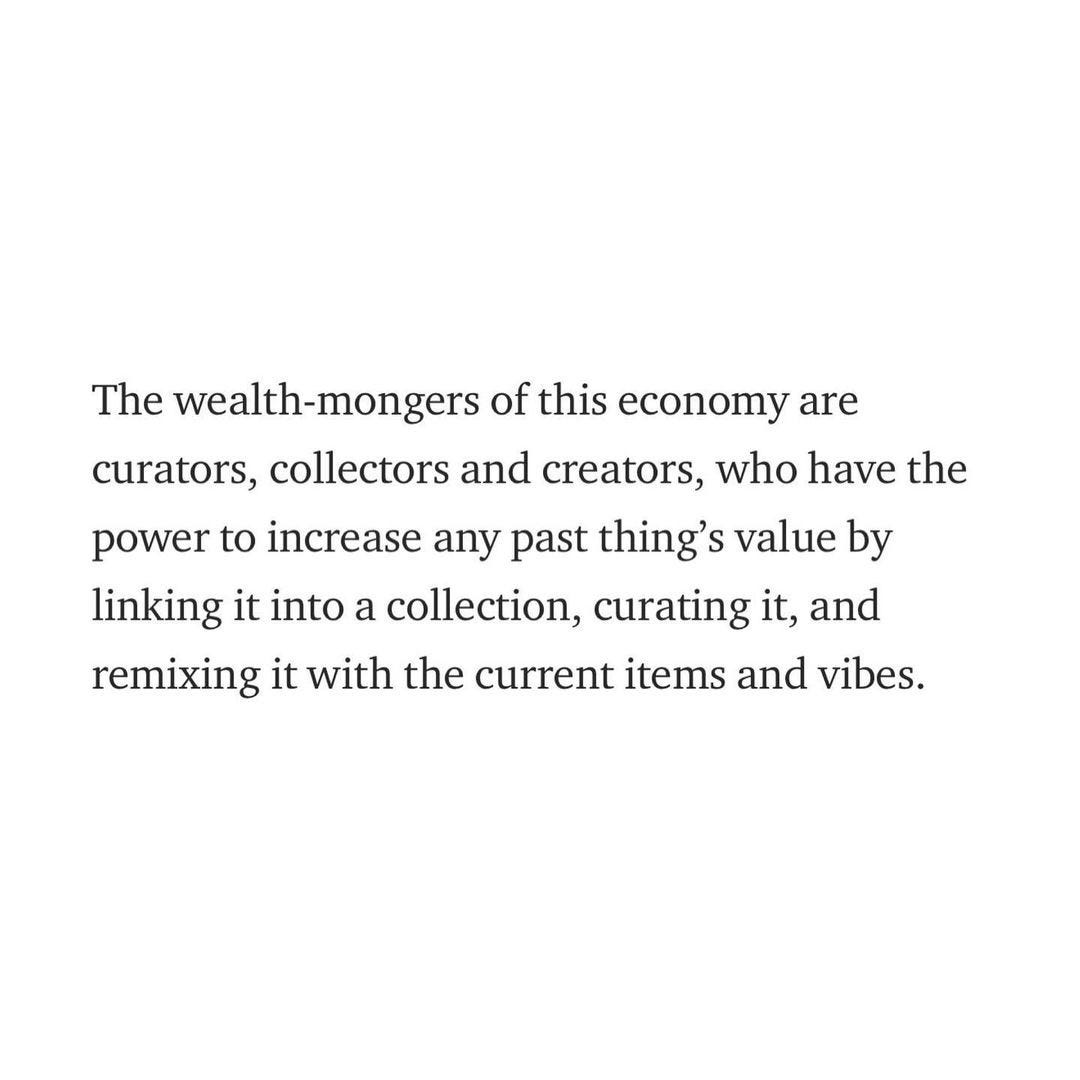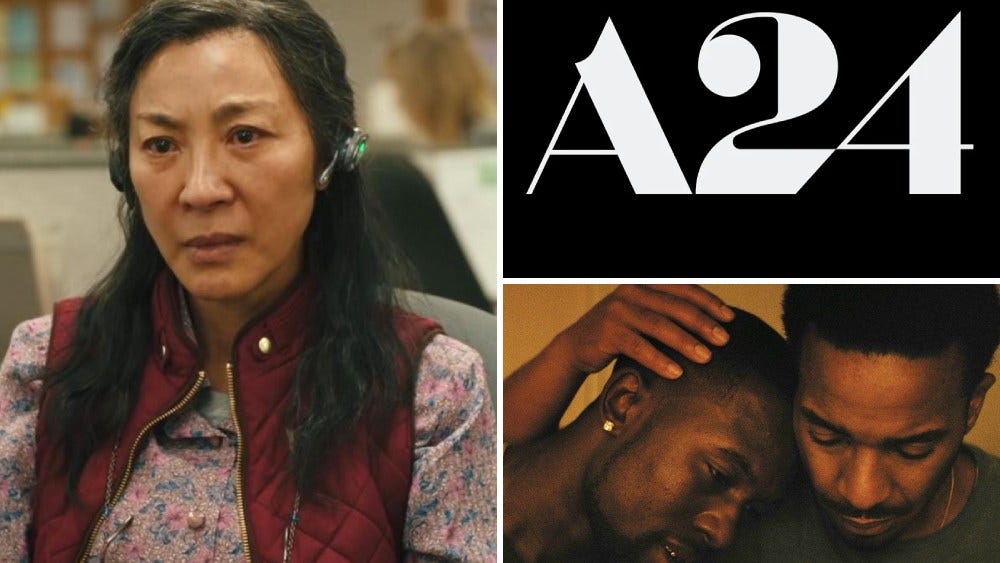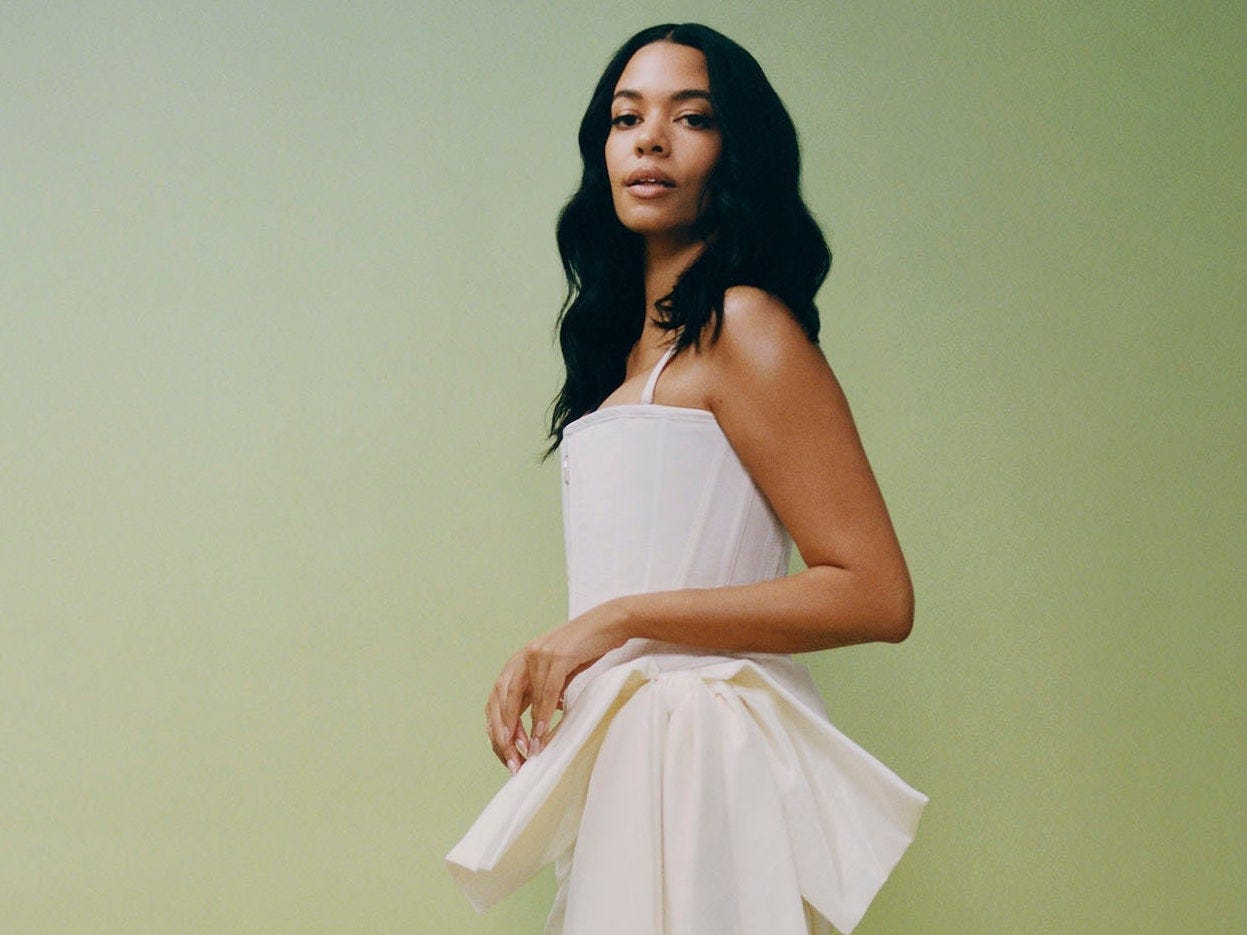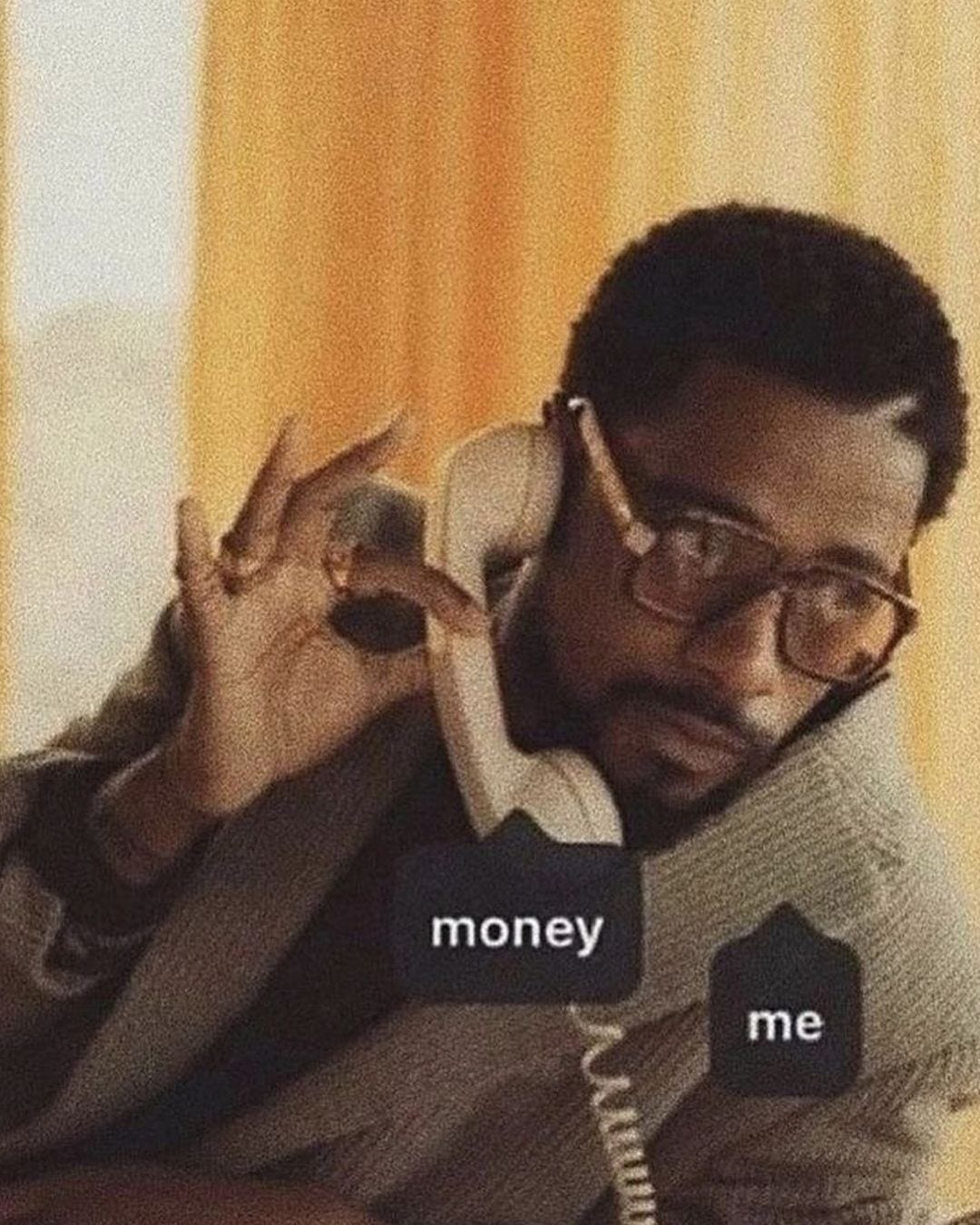Why Creative Careers Need Financial Strategy
When people think of artists, filmmakers, and designers, they often picture passion-driven individuals who "do it for the love of art" rather than for financial gain. But here’s the truth: Creativity is an industry. And every industry needs a financial strategy.
The most successful creatives—from fashion designers to independent filmmakers to fine artists—aren’t just talented; they’re strategic. They understand that art alone doesn’t build sustainable careers—business models do.
Today, we’re uncovering the hidden economics behind creative success and breaking down how top creative brands build profitable businesses. If you want to thrive as a creative, understanding these strategies is just as important as your craft.
The Business Behind Creative Careers
Why Financial Strategy Matters for Creatives
Here’s the reality: Many creatives struggle, not because of lack of talent, but because they lack financial structure.
Unlike traditional businesses, creative industries operate on non-traditional revenue models. Success is often project-based, cyclical, or dependent on brand-building rather than direct sales.
Key Challenges Creatives Face:
✅ Irregular income streams (Fluctuations in revenue make planning difficult.)
✅ Project-based earnings (Instead of steady paychecks, income comes in cycles.)
✅ Creative burnout from financial instability (Juggling multiple jobs to stay afloat.)
The solution? Creative entrepreneurs must structure their work like a business. The top creative brands have built sustainable revenue models that allow them to scale and remain financially independent.
🛠 Breaking Down the Business Models of Top Creative Brands
Creative businesses thrive when they diversify their revenue streams. Here’s how some of the most successful brands in fashion, film, and art make their money:
1,) Fashion: The Power of Licensing & Brand Expansion
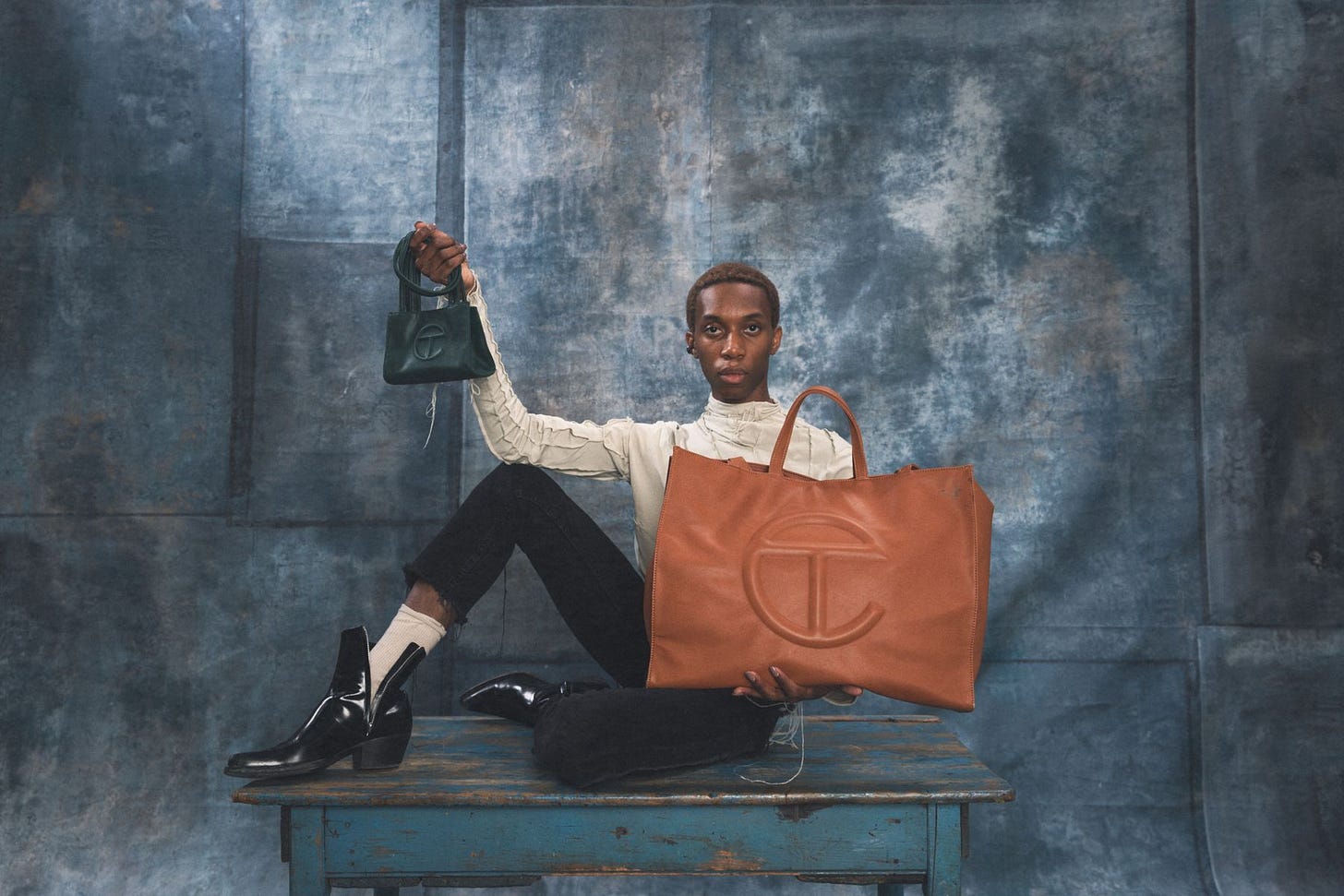
Telfar built a cult following through affordable luxury, but its real financial strategy was in limited drops & brand collaborations.
🔹 Revenue Streams:
Limited-edition product drops (high demand, controlled supply = exclusivity & profit)
Licensing deals with major retailers (scaling distribution without losing brand identity)
Collaborations with mainstream brands (expanding reach without massive marketing spend)
Lesson for Creatives: Monetization isn’t just about selling products—it’s about strategic partnerships and distribution.
2.) Film: Alternative Financing Models Beyond Hollywood
A24 didn’t wait for Hollywood to validate it—it built a direct-to-fan model that prioritized quality storytelling over massive budgets.
🔹 Revenue Streams:
Private equity funding & revenue-sharing deals (investors get a cut of profits vs. upfront payouts)
Early-stage streaming distribution agreements (Netflix/Amazon pre-purchase rights before release)
Brand partnerships & merchandising (expanding revenue beyond ticket sales)
Lesson for Creatives: Instead of relying on traditional studios, filmmakers can secure private investors, pre-sell content, or build brand equity through audience-driven funding.
3.) Art: Turning Intellectual Property Into Long-Term Assets
Top artists don’t just sell paintings—they sell IP. They license their work, auction limited-edition pieces, and create scalable revenue beyond one-time sales.
🔹 Revenue Streams:
Limited-edition prints & NFTs (Creating scarcity & value appreciation)
Museum & corporate commissions (Long-term contracts vs. one-off sales)
Brand collaborations & licensing deals (Monetizing art beyond galleries)
Lesson for Creatives: Artists should own their intellectual property and find ways to license or scale their work beyond traditional sales.
🔦 Spotlight on a Visionary: A Creative Entrepreneur Who Mastered Business Strategy
📌 Aurora James, Brother Vellies & 15 Percent Pledge
Meet Aurora James, the creative force behind Brother Vellies and founder of the 15 Percent Pledge. James didn’t just build a fashion brand—she built a business model rooted in sustainability, equity, and long-term revenue diversification.
How She Structured Her Revenue Model:
Aurora launched Brother Vellies with a focus on ethical fashion and artisanal production, scaling through direct-to-consumer sales, limited edition drops, and strategic retail partnerships with Nordstrom, Saks, and Net-a-Porter. She later diversified her impact and influence by founding the 15 Percent Pledge, which transformed into a nonprofit + licensing model—offering corporate consulting, retail integration, and speaking engagements.
Key Financial Move That Changed Her Career:
In 2020, Aurora launched the 15 Percent Pledge as an Instagram post. It went viral—but what followed was a masterclass in business infrastructure. By incorporating the pledge as a nonprofit and offering corporate services, she monetized her influence while supporting other Black-owned businesses. Her dual approach to commerce and cause became a scalable model.
Quote from Aurora James:
“We’re not just talking about fashion. We’re talking about systems. And if we want to build creative careers that last, we have to think like builders—not just artists.”
📌 Know a creative who has built a business beyond just their art? Reply and let me know!
📌 Resources & Opportunities for Creatives
Want to structure your creative work like a business? Here are funding & learning opportunities:
🔹 Creative Vision Business Accelerator – A 12-week, cohort-based accelerator guiding designers, artists, and creative entrepreneurs through value definition, pricing, and business growth strategy. | Deadline: Rolling enrollment; ongoing sessions; ideal for creative-first founders.
🔹 Creators’ Momentum Business Accelerator – An 8-week virtual program supporting creative entrepreneurs with self-paced learning, networking, and industry mentor workshops. Graduates receive a $5,000 business grant upon completion. This great for creatives in art, film, design, and creative-tech looking to scale and monetize sustainably.
🔹 Artist as Entrepreneur Program (NYFA) – A 4-day in-person crash course (July 24–27, 2025) covering revenue strategies, budgeting, and business planning, held in Acadiana, LA. | Deadline: Applications close July 14, 2025.
🔹 NEA Grants for Arts Projects– Federal grant program funding artistic work aligned with public engagement, arts education, research, and media arts for up to $25,000 for art projects—no match required. Great for artists, writers, filmmakers, and performative creatives nationwide.| Deadline: Next deadline is July 17, 2025.
📌 Know a funding opportunity? Reply & share!
📩 Let’s Talk About It!
What’s your current business model as a creative? Are you relying on one revenue stream, or have you found ways to scale your income? Reply and share your experience!
🚀 See you in the next edition of Creativity Meets Capital!
💡 Nina Orm
🎨 Cultural Investor | Founder, The Agora Fund & Orm Muse Collective
📩 Subscribe for more: Creativity Meets Capital



